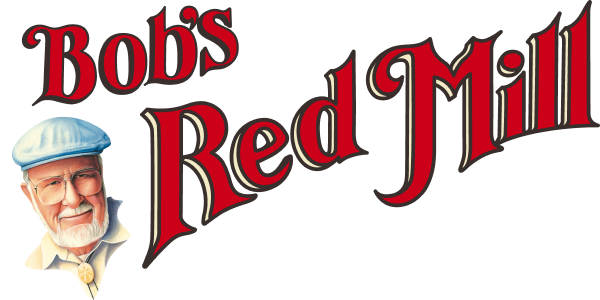


 Wondering how you can incorporate couscous into your meals? Couscous can be combined with several other ingredients, ranging from sweet to savory, to create mouthwatering side dishes, salads and entrees. Its subtle nutty flavor and fluffy texture make it easy to pair with meats, legumes, vegetables and fruit.
Wondering how you can incorporate couscous into your meals? Couscous can be combined with several other ingredients, ranging from sweet to savory, to create mouthwatering side dishes, salads and entrees. Its subtle nutty flavor and fluffy texture make it easy to pair with meats, legumes, vegetables and fruit.
 Being that couscous is a whole grain, there are several nutritional benefits. Continue reading to learn more about how adding couscous to your diet can help ensure that you're meeting all of your daily health requirements.
Being that couscous is a whole grain, there are several nutritional benefits. Continue reading to learn more about how adding couscous to your diet can help ensure that you're meeting all of your daily health requirements.
 Though the step-by-step couscous cooking instructions may vary per recipe, it's important to know the basics when cooking couscous. Review the information below to ensure that your next batch is a success.
Though the step-by-step couscous cooking instructions may vary per recipe, it's important to know the basics when cooking couscous. Review the information below to ensure that your next batch is a success.
 Often, the best-tasting recipes use just a few ingredients and this Lemony Pearl Couscous With Brocolli and Salmon is the perfect example of that. Made with just seven ingredients, this couscous recipe combines the zesty flavor of lemon with savory salmon and broccoli florets to create a simple dish that's bursting with flavor. The epitome of clean eating, our Traditional Pearl Couscous is used to create a grain-based dish that's love at first bite.
We hope that this guide outlining the different types of couscous has helped you better understand the incredible benefits of this ingredient and how you can begin using it in your everyday recipes. From everyone at Bob's Red Mill, have a healthy and happy day!
Do you have a preferred type of couscous? We'd love to hear why you enjoy one kind of couscous over another. Share your thoughts with us in the comments below.
Often, the best-tasting recipes use just a few ingredients and this Lemony Pearl Couscous With Brocolli and Salmon is the perfect example of that. Made with just seven ingredients, this couscous recipe combines the zesty flavor of lemon with savory salmon and broccoli florets to create a simple dish that's bursting with flavor. The epitome of clean eating, our Traditional Pearl Couscous is used to create a grain-based dish that's love at first bite.
We hope that this guide outlining the different types of couscous has helped you better understand the incredible benefits of this ingredient and how you can begin using it in your everyday recipes. From everyone at Bob's Red Mill, have a healthy and happy day!
Do you have a preferred type of couscous? We'd love to hear why you enjoy one kind of couscous over another. Share your thoughts with us in the comments below.